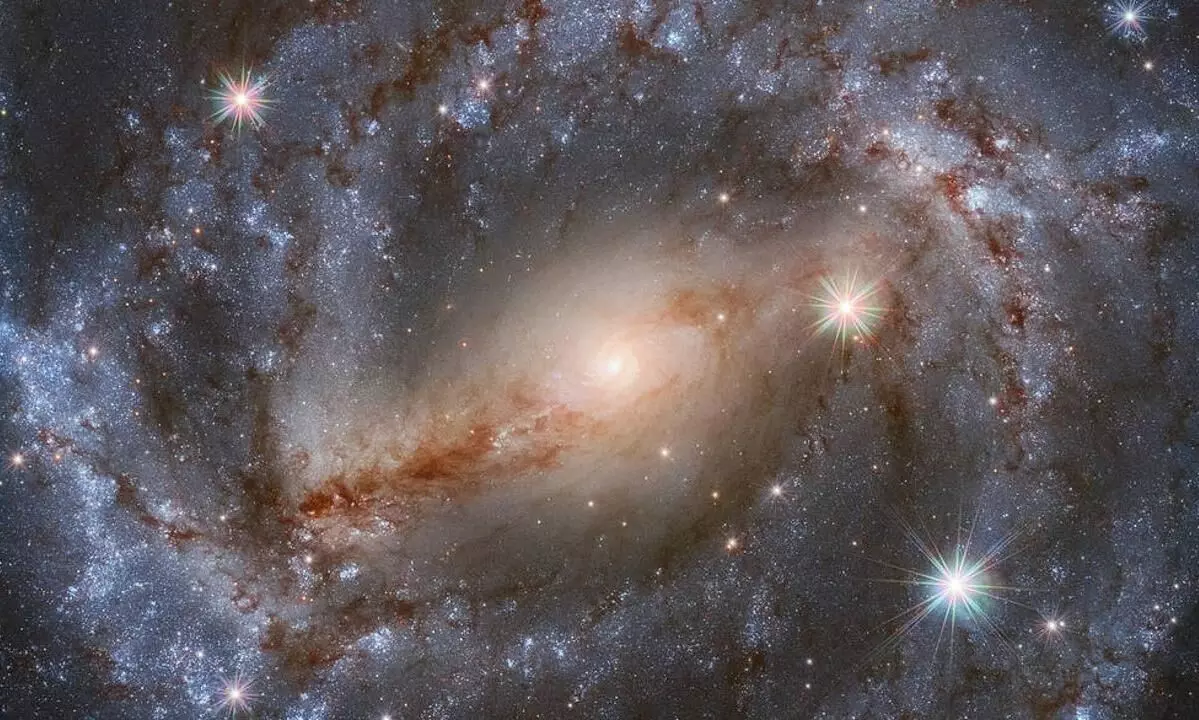
James Webb captures galaxy cluster behind Milky Way
text_fieldsRepresentational.
Space: In an area known as the "zone of avoidance" in space, a galaxy cluster has been found by scientists. The said cluster was discovered far beyond the centre of the Milky Way, where our Solar System is located, NDTV reported.
The said unchartered region is blank and comprises 10-20 per cent of the night sky, the journal IFL Science reported.
Because the cluster was located just behind our Milky Way, the light from it did not reach human notice. But now, the new James Webb Space Telescope with infrared capabilities has captured the region. Infrared travels longer distances, enabling the capture.
The journal states that the group of galaxies is known by the name VVVGCl-B J181435-381432. The light it emitted travelled 2.7 billion years before it was caught by James Webb. Scientists said that the mass of the cluster could be 45 to 50 times the Milky Way.
The study on the revelation of the galaxy cluster was first published on arXiv.org on October 28, and it is yet to be peer-reviewed though it has been submitted for the same.
James Webb proved immensely successful after it sent mindblowing images of various celestial objects and areas of the universe which were never seen before in outstanding detail. James Webb recently sent its spectacular capture of the "Pillars of Creation" with details never available before. Last week, it snapped pictures of the dwarf galaxy Wolf-Lundmark-Melotte, which is around 3 million light years from the Milky Way. It is only one-tenth of the size of the Milky Way.












